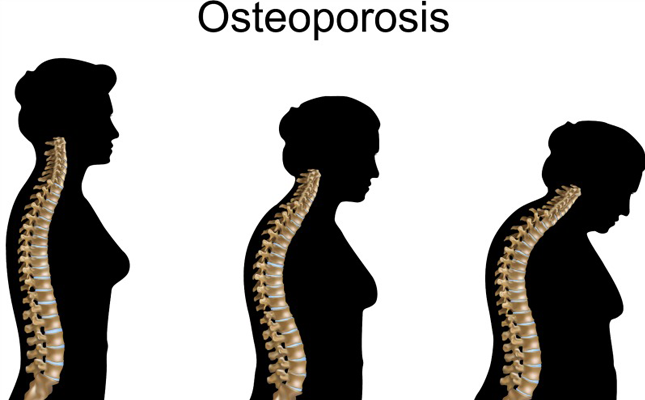
How often have you come across your parents, grandparents or an elderly relative who has had a minor fall in the bathroom, slipped on the floor or had a terrible jerk while travelling on a bumpy road and sustained fractures of bones with a lot of pain, suffering and disability.
It has been noticed that the culprit for such incidents is OSTEOPOROSIS.
Osteoporosis is one of the most common disabilities encountered in the elderly. It literally means POROUS BONE. The condition results in reduced density and increased fragility of bones resulting in higher risk of fracture with minor falls, cough, sneeze, or minor bumps.
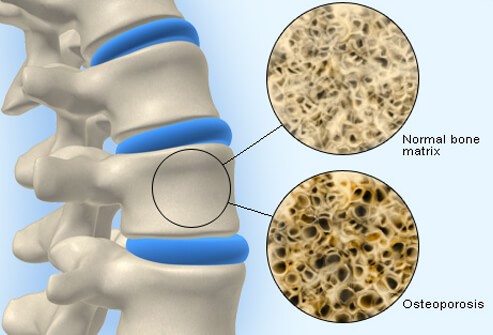
The condition is observed worldwide. There are more than 10 million cases per year in India. In the USA about 55% of its population aged 50 years and older have Osteoporosis. One third have disabilities and one third regain their pre-fracture status. The health costs from fractures are tremendous amounting to billions of dollars annually.
It is very important to learn about osteoporosis because it is a ‘SILENT DISEASE’ except occasional bone pains. You may not know that you have osteoporosis until your thin weakened bones fracture in a bump or fall. The more common sites are Hip, Spinal Vertebrae and Wrist.
Clinical studies suggest that approximately 1 in 2 women and 1 in 4 men aged 50 years and older will break a bone due to osteoporosis. Such people in this age group usually present with chronic vague backache, loss of height, or stooping (Kyphosis) and should consult doctor immediately.
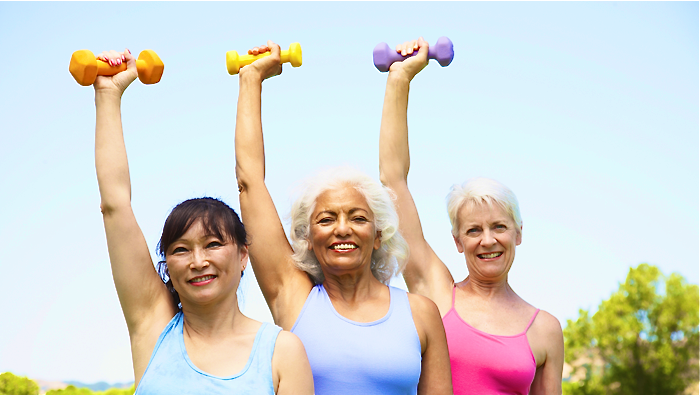
THE RISK FACTORS ARE,
- Advanced age
- Family history of osteoporosis
- Early menopause
- Short Stature
- Lack of Exercise
- Poor nutrition with lack of Calcium
- Lack of Vitamin D
- Chronic Cigarette Smoking and Excessive Alcohol Consumption
- Medical Illnesses- like hyperthyroidism, surgical removal of ovaries, long term steroid therapy and rare inherited bone disorders like Osteogenesis Imperfecta.
SCREENING is advised for all elderly above 65 years of age and Men and Women less than 65 years of age who have increased risk of fracture or already suffered from fracture.
DIAGNOSIS – is by bone scan which measures-Bone Mineral Density (BMD). The test called DEXA (Dual Energy X ray Absorptimetry) gives indication of likelihood of fracture due to osteoporosis.
It is also used to monitor response to treatment.
Result.— T score a) ( -1) and above ——- normal
- b) (-1) to ( -2.5) ——- mild bone loss or osteopenia
- c) ( -2.5) and below —- osteoporosis
Our aim should be to prevent bone less or slow down the occurrence of Osteoporosis and encourage healthy bone mineralization.
Following measures are recommended:
- Healthy Nutritional Diet – To be incorporated during childhood and adolescent period itself with adequate calcium and magnesium intake. Calcium intake should be 1000 to 1200 mg per day. Common calcium rich foods are dairy products, cheese, ragi, broccoli, spinach, cabbage, green beans, soy beans, okra, dates, egg, salt water fish and fruits like orange, figs.
- Vitamin D intake of 800 IU per day is a must. We encourage exposure to SunLight and supplementation as Vitamin D requirement cannot be fulfilled through nutrition alone.
- EXERCISE plays a major role. Weight bearing exercises like walking, playing golf, Dancing, Hiking, Racket sports like Tennis, Squash promote mineralization of bones and make them healthy. Muscle strengthening exercises like weight lifting benefit by increasing muscle strength and Non- Impact activities like YOGA help in balancing, posture, agility of joints and benefit people with osteoporosis by decreasing the risk of falls and fractures.
Studies have also reported an increase in BMD in the spine of those who do YOGA regularly. Exercise should be tailored to the individual person based on BMD report and medical condition in consultation with health care professional.
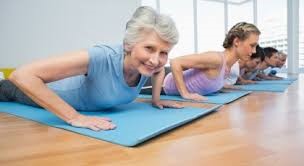
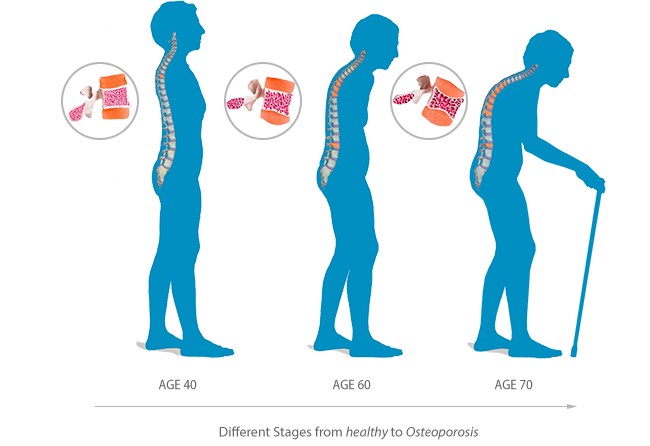
- Other Lifestyle Changes – Have a Positive Attitude towards Life, avoid the use of tobacco and Cigarette Smoking, moderate alcohol intake if any, and measures to avoid falls like having railings, avoid slippery floors, having a mat or carpet on the floor helps etc.
Medications—You may also require osteoporosis medications to either build or maintain bone density. People have been treated with medications like Bisphosphonates, Hormone Therapy in Women, Calcitonin, Parathyroid Hormone. Stem Cell Therapy is also being tried out in severe cases.
But, any of these modalities of treatment should be undertaken in consultation with your Doctor. The doctor is the only one who will be able to decide the right treatment for you weighing the benefits and risks of the therapy.
Cultivate healthy living and enjoy life!



